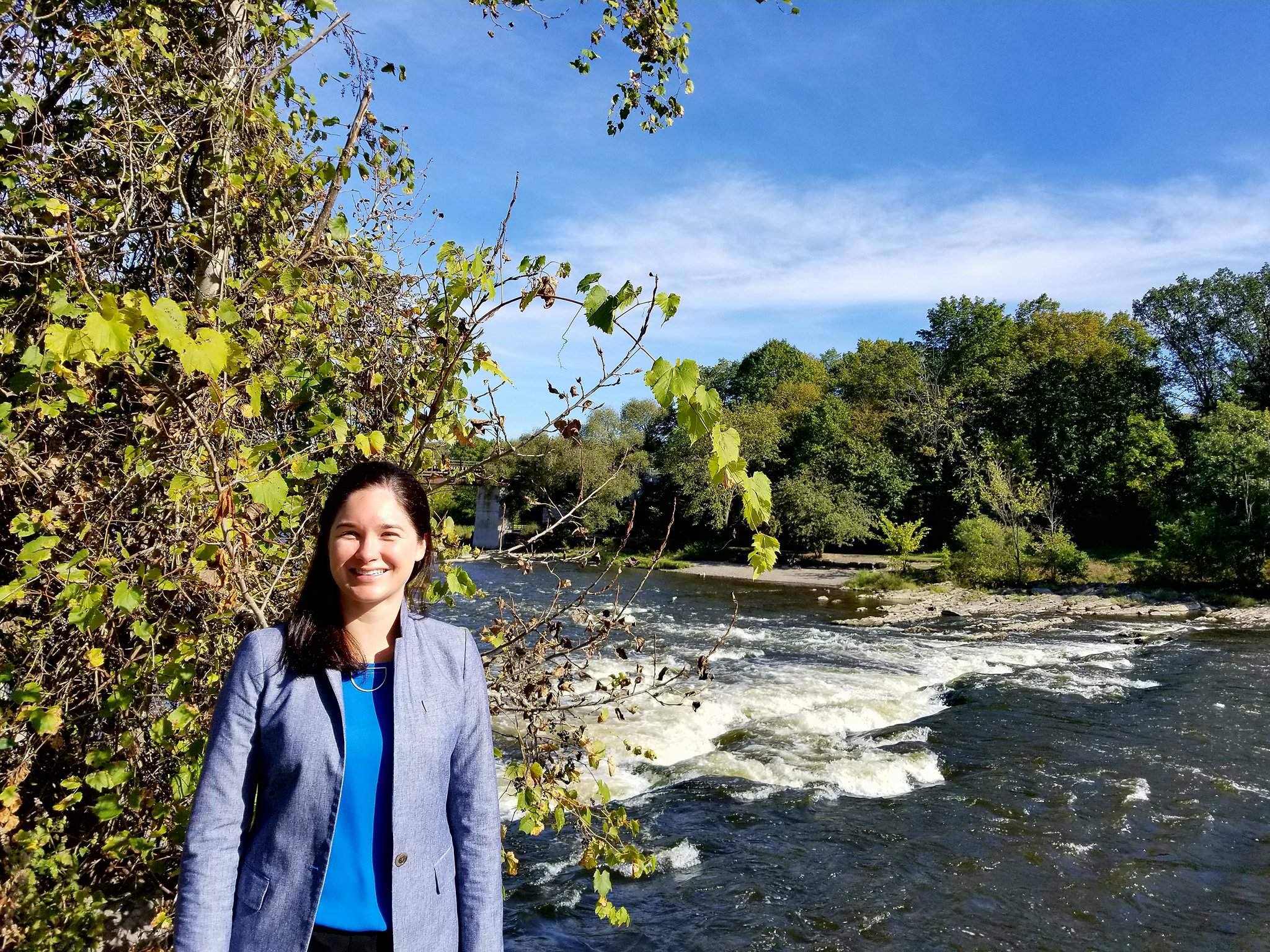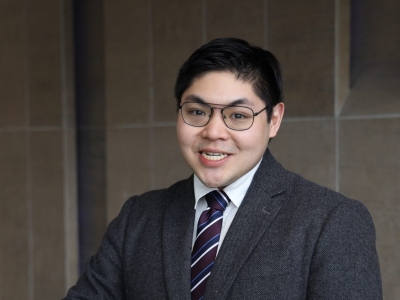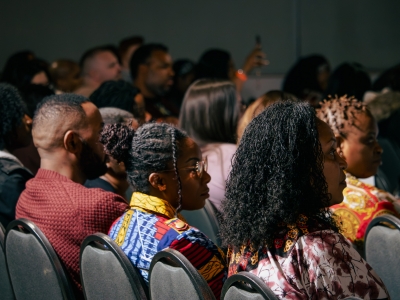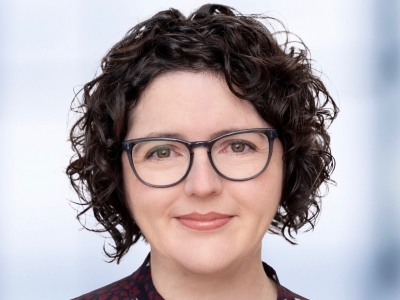
Sarah Smith, Assistant Professor of Communication and Media Studies
Contemporary art and international diplomacy may not be the most obvious of bedfellows, but according to Sarah Smith, an assistant professor in Communication and Media Studies, they work together more often than most would think.
Originally trained as an art historian, Dr. Smith has spent the last nine months at Carleton looking at the role Canadian contemporary art has played in North American and global cultural diplomacy. She’s found the message in a work of art is often perceived uncritically.
Images are powerful because we often don’t subject them to the typical skepticism.
“We often don’t subject them to the typical skepticism, or rigorous analysis, that we apply to textual information,” Dr. Smith has found. “So I encourage students to think further about how and why a particular image was made and circulated, what agendas it might promote, and the different meanings that can be associated with it.”
Dr. Smith has an extensive background in the topic. She completed postdoctoral studies at Harvard University’s Weatherhead Centre for International Affairs where she worked with the Transnational Studies Initiative, an interdisciplinary group of sociologists, political scientists, diplomats, historians, and others who researched a variety of cross-border topics.
“I looked at the free trade agreement between Canada and the U.S. in 1989, as well as NAFTA, which was implemented in 1994,” recalled Dr. Smith. “I researched how contemporary artists made art that reacted to free trade and exhibitions that were circulated in the period.”
But, she argues, that culture is absent from the historical record of the free trade period.
Contemporary artists made art that reacted to free trade.
Dr. Smith then went on to a Banting Fellowship at the Department of English and Film Studies at the University of Alberta, where she began researching the role Canadian art galleries and exhibits play in international diplomacy.
For instance, she studied a trendy commercial art gallery the Canadian government opened and ran in the New York City neighbourhood of SoHo in the 1980’s called 49th Parallel to promote more accessible art.
“It was the Canadian government funding an art gallery in New York to present Canadian art in SoHo, the top-level cultural milieu,” she said. “Conventionally, Canada had promoted culture in terms of fine art…but with 49th Parallel, they were interested in showing commercially viable art.”
After a stint as the Fulbright Visiting Research Chair at the University of Southern California, Dr. Smith came to Carleton, where, in addition to being a faculty member in Communication and Media Studies, she’s been working with the North American Cultural Diplomacy Initiative, a new scholarly startup of sorts that plans to look deeper into the impact of cultural diplomacy.
“We’re a group of practitioners and scholars all interested in questions of cultural diplomacy and thinking critically about it,” said Dr. Smith, who also teaches a third-year course on visual media literacy in the Bachelor of Communication and Media Studies program. “There is a perception of culture as being soft or something that may not be as important, but [this group] is trying to pay attention critically to what is happening [in the art world] and how it is key to examining international relations.”



